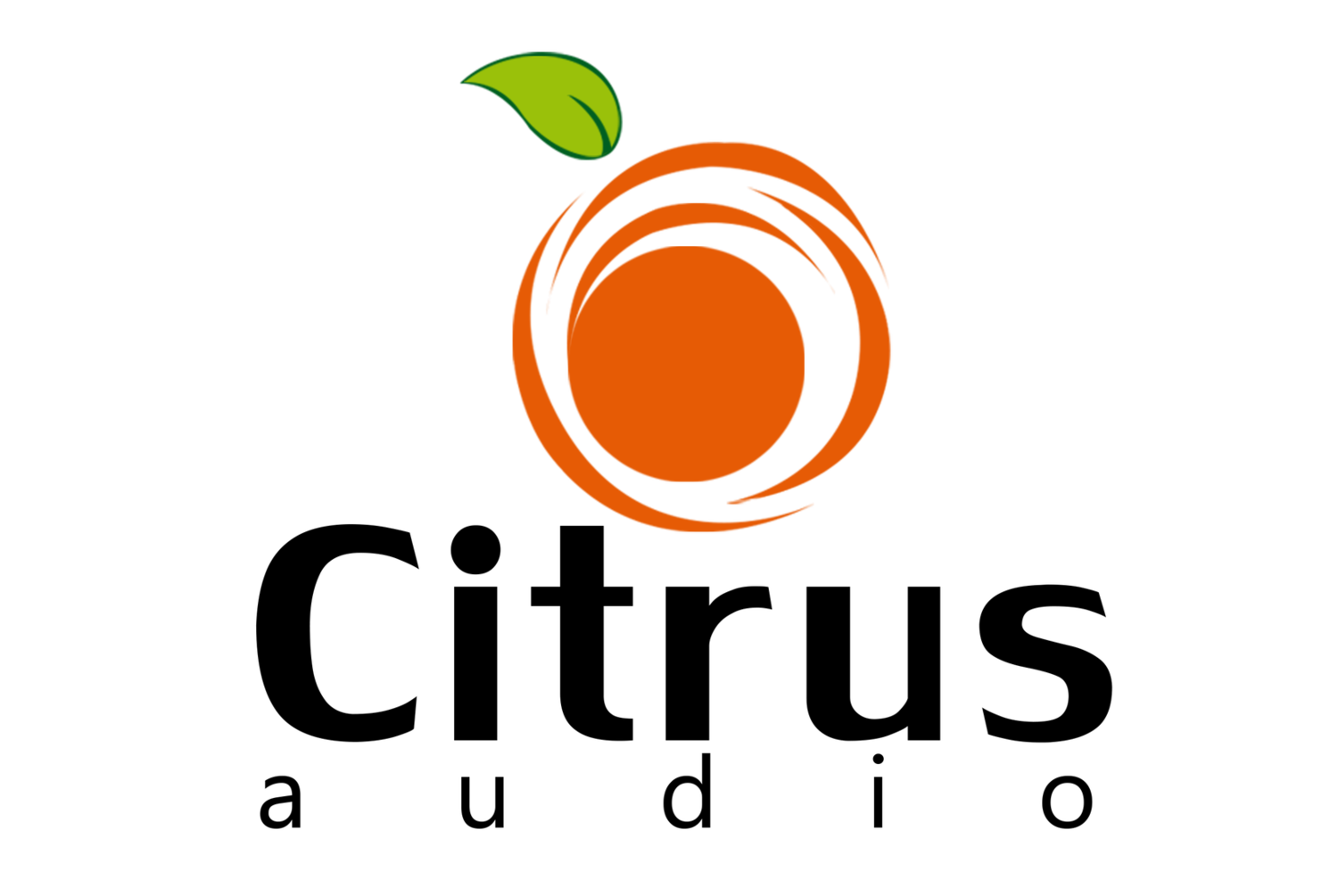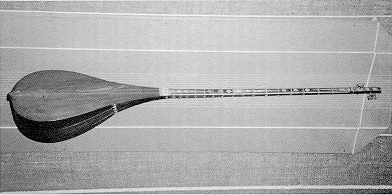A large component of my introduction to the world of Persianate literature and culture has been the Irani setār. My induction into the setār world has been through my very talented (and patient!) teacher of the past few months, Pejman Zahedian. I strongly recommend a stroll over to his soundcloud. I wanted to share a basic outline of all that I’ve been learning over this past year. The first of these posts is an introduction to the setār.
The setār is a long-necked lute, with a half pear-shaped body made of tut (mulberry) wood. Originally with seh (three) tar (strings), the modern setār has 4 strings, and is one of the main instruments of Persian art music. In the Qajar period, however, it remained in relative oblivion.
The setār has movable frets, and every fret consists of 3 or 4 threads according to tradition. The strings are plucked with the grown nail of the index finger. The rhythm involves the main up-stroke (rāst) and down-stroke (chap), as well as steady tremolo (riz) and a quick tremolo ornament (dorāb).
The strings have different tunings for different dastgāh. For dastgāh-e Māhur, the tuning would be (bottom string to top string):
Do Sol Do Do
Key of C: C G C C
The setār has whole, half, and quarter-note divisions. A flattened note is bimol, a sharp note is diyez, and a koron is approximately quarter-tone flat (for eg., akoron lies between A♮ and A♭).
The setār is said to be a descendent of the ancient Iranian tambur of Khorasan, which in turn is credited with being the ancestral form of nearly all lutes now known in the East.
_________________________________________________________________________________
Texts and sites consulted:






